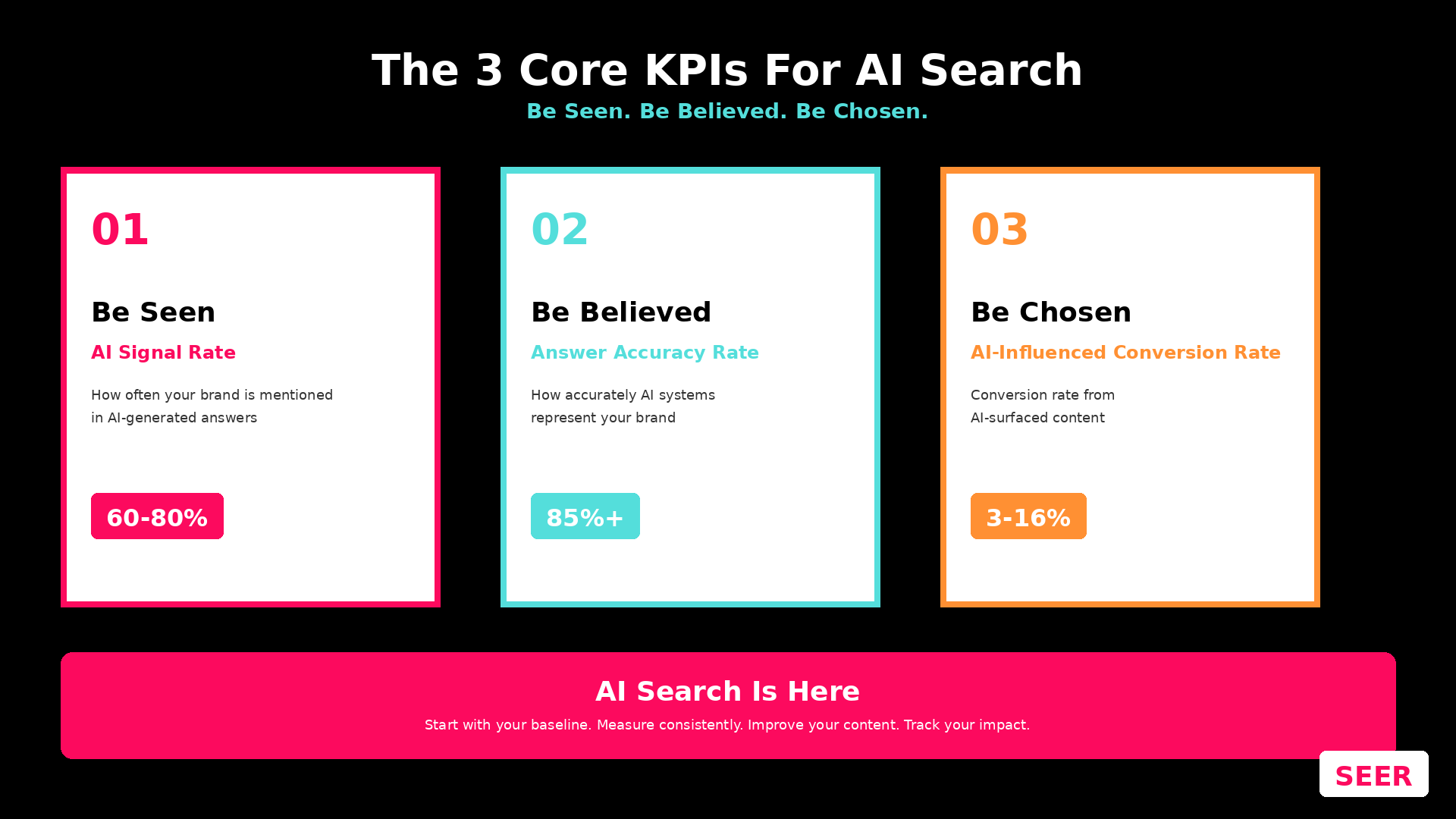Yesterday, in a somewhat unsurprising turn of events, Google reversed its decision to deprecate third-party cookies in Chrome. This marks the fourth change of heart since Google introduced the Privacy Sandbox initiative, originally slated for 2020, then pushed to 2022, and delayed again to 2024. This might be the final nail in the coffin for Google’s ambitious plan.

You have to admit that shifting an entire industry to a unified, privacy-conscious tracking framework was a bold endeavor. Yet, regulators like the UK's Competition and Markets Authority (CMA) and the Information Commissioner’s Office (ICO) challenged Google and ultimately prevailed over its thinly veiled efforts to “protect” users from unsolicited advertising.

Google's pivot now allows users to opt into the Privacy Sandbox or continue using third-party cookies. Acknowledging the complexity and pushback, Google’s VP of Privacy Sandbox, Anthony Chavez, noted, “Instead of deprecating third-party cookies, we would introduce a new experience in Chrome that lets people make an informed choice that applies across their web browsing, and they’d be able to adjust that choice at any time.” Whether this feels like a batch of warm cookies fresh out of the oven is debatable, but it’s likely Google's best move given the backlash.
Google’s cookie deprecation plan wasn’t burnt from the get-go. There was merit to this plan, and we at Seer definitely saw some good in what they were trying to accomplish. For starters, facilitating targeted advertising without the use of 3rd party cookies is most definitely a path that digital marketers should be on. The concept of implementing technologies like Federated Learning of Cohorts (FLoC) and Topics API to group users based on interests without revealing individual identities is a novel approach. If accomplished, this would in part enable the ability to measure ad performance and conversion rates while respecting user privacy. That’s most certainly something that we all want. Yet, gaining this solution from the Internet’s largest advertiser feels a bit salty to most, which is arguably why these plans were ultimately halted.
What’s Next for Digital Marketers?
If you are a digital marketer scratching your head at this news, wondering what’s next….fear not, the Internet will keep on chugging (as long as CrowdStrike does its part). For those that have been planning for the great cookie deprecation, your work will not be forgotten.
You still need reporting on marketing efficacy - Digital Analysts and Advertisers still need ways to track consumers without using 3rd party data. This hasn’t changed.
Advertising performance will continue to degrade - 3rd party data will offer less insights into where users spend their time and their clicks online.
You just got a lifeline if you've been behind - If you’ve had your head buried in the summer sand, avoiding anything to do with cookie deprecation, then there’s still hope for you as you just got another extension.
If you can relate to one of the audiences below, read on to understand the impact it will have on you and what you can do about it.
Digital Marketers
Impact:
It’s fair to say that increasing regulations and user awareness around privacy make third-party cookies less viable. Third-party cookies can lead to data inaccuracies due to cookie deletion and blocking by browsers.
Consequences:
If your company is still reliant on 3rd party cookies, it’s time to update your strategy. If you’re not sure, run a scan from our partners at PiwikPro to see exactly how many 3rd party cookies you have. Heavy reliance on third-party cookies will make you as a marketer vulnerable to industry changes.
Seer’s Recommendations:
- Invest in First-Party Data: Focus on gathering and utilizing first-party data to build robust user profiles.
- Maintain transparency: Ensure that your consent management practices are up to snuff and that you are clearly communicating privacy policies and usage practices with customers.
- Educate and Adapt: Educate internal teams and stakeholders about the importance of privacy and the upcoming changes, and adapt strategies accordingly.
Analytics Professionals
Impact:
The shift away from third-party cookies means analytics professionals will face challenges in tracking user behavior across sites. Third-party cookies, prone to deletion and blocking, lead to data inaccuracies, impacting the trustworthiness of analytics. Don’t let this happen to you.
Consequences:
Once your stakeholders lose trust in Analytics data, it is a long uphill battle to gain it back. Heavy reliance on third-party cookies will limit visibility into user journeys, conversion paths, and accurate attribution, making it difficult to provide precise insights and recommendations. Instead, offer 1st party solutions that allow you to visualize behaviors from known customers and then make it abundantly clear which data is modeled to predict unknowns.
Seer’s Recommendations:
- Implement Server-Side Tracking: Utilize server-side tracking solutions to mitigate browser limitations and maintain data integrity.
- Create Custom Dashboards incorporating AI: Build dashboards that translate 1st party data into understandable views. Don’t be afraid to include (and disclose) using AI to create synthetic forecasts for what users might do based on the actions and behaviors of known customers.
- Stay Informed and Adapt: Keep up with privacy regulations and industry changes, and continuously adapt your analytics strategies to align with new data privacy standards.
Paid Media Managers
Impact:
The ongoing reliance on third-party cookies impacts the ability to accurately target ads and measure performance. With browsers increasingly blocking cookies, ad strategies risk becoming less effective.
Consequences:
Relying on third-party cookies can lead to reduced ad performance and inaccurate conversion tracking. Advertisers need to adapt quickly or risk falling behind competitors who embrace new tracking technologies.
Seer’s Recommendations:
- Implement Enhanced Conversions: Use enhanced conversions to improve tracking accuracy by supplementing conversion data with first-party information such as email addresses or phone numbers, ensuring better attribution.
- Know Your Ad Platforms: Understand how your ad platforms create audiences and the characteristics used for targeting. Regularly review platform updates and capabilities to optimize audience creation and targeting strategies.
- Diversify Ad Strategies: Explore contextual advertising and other privacy-friendly methods to reduce reliance on third-party cookies.
Need Help?
If you find yourself in need of help implementing any of our recommendations, or if you simply need a new Measurement Strategy, come talk to us. Our Analytics team at Seer is ready to take you and your company to the next level of 1st party data solutions.
Generative AI Use Disclosure:
This blog post was edited and optimized with AI, but the final output was generated by me, a human.
The primary image in this post was generated with Dall-E, but the content surrounding the image and the final output was generated by a human.


